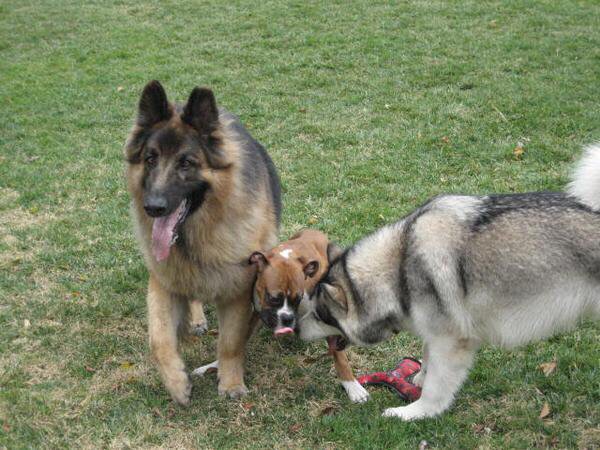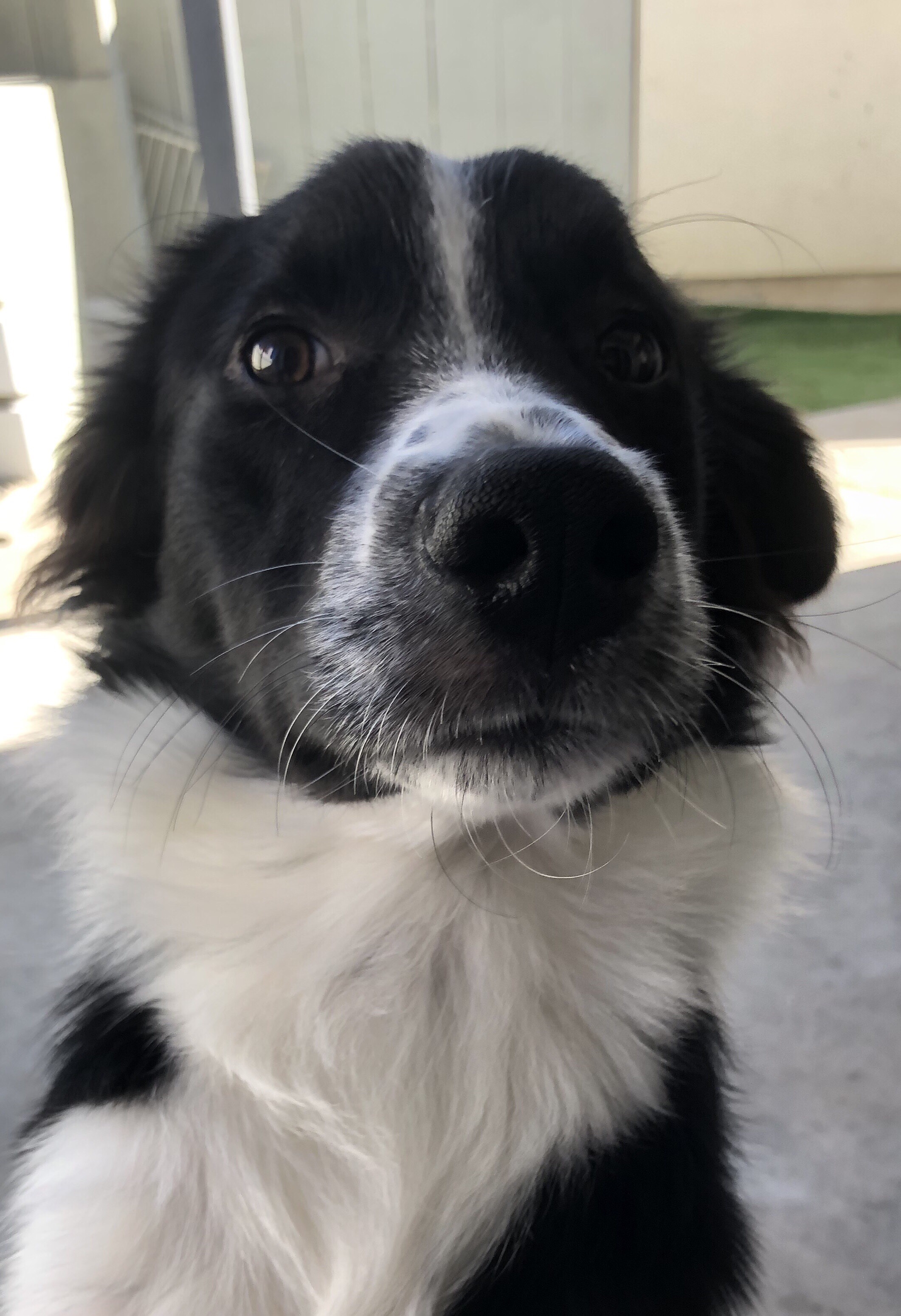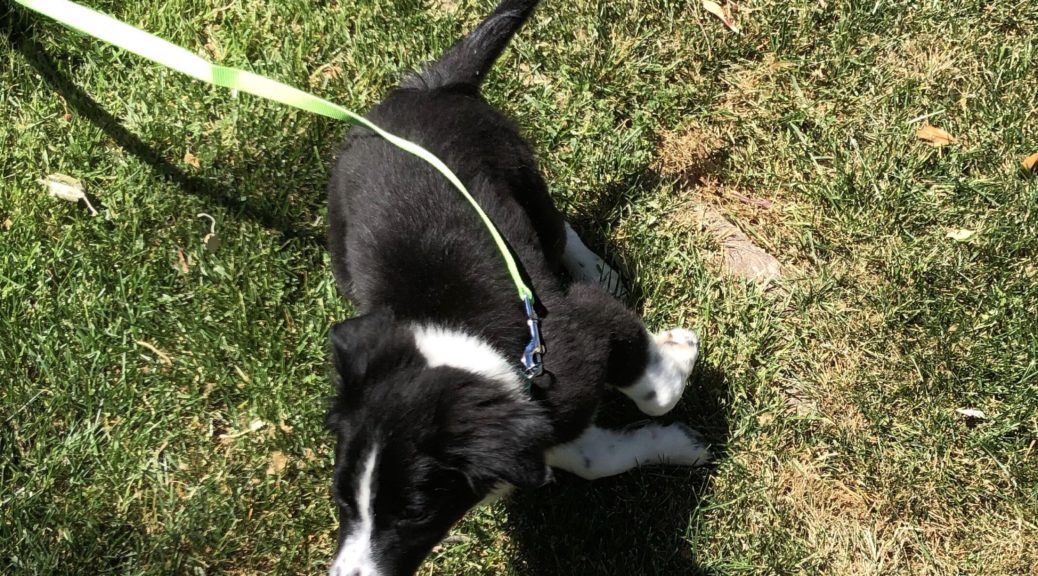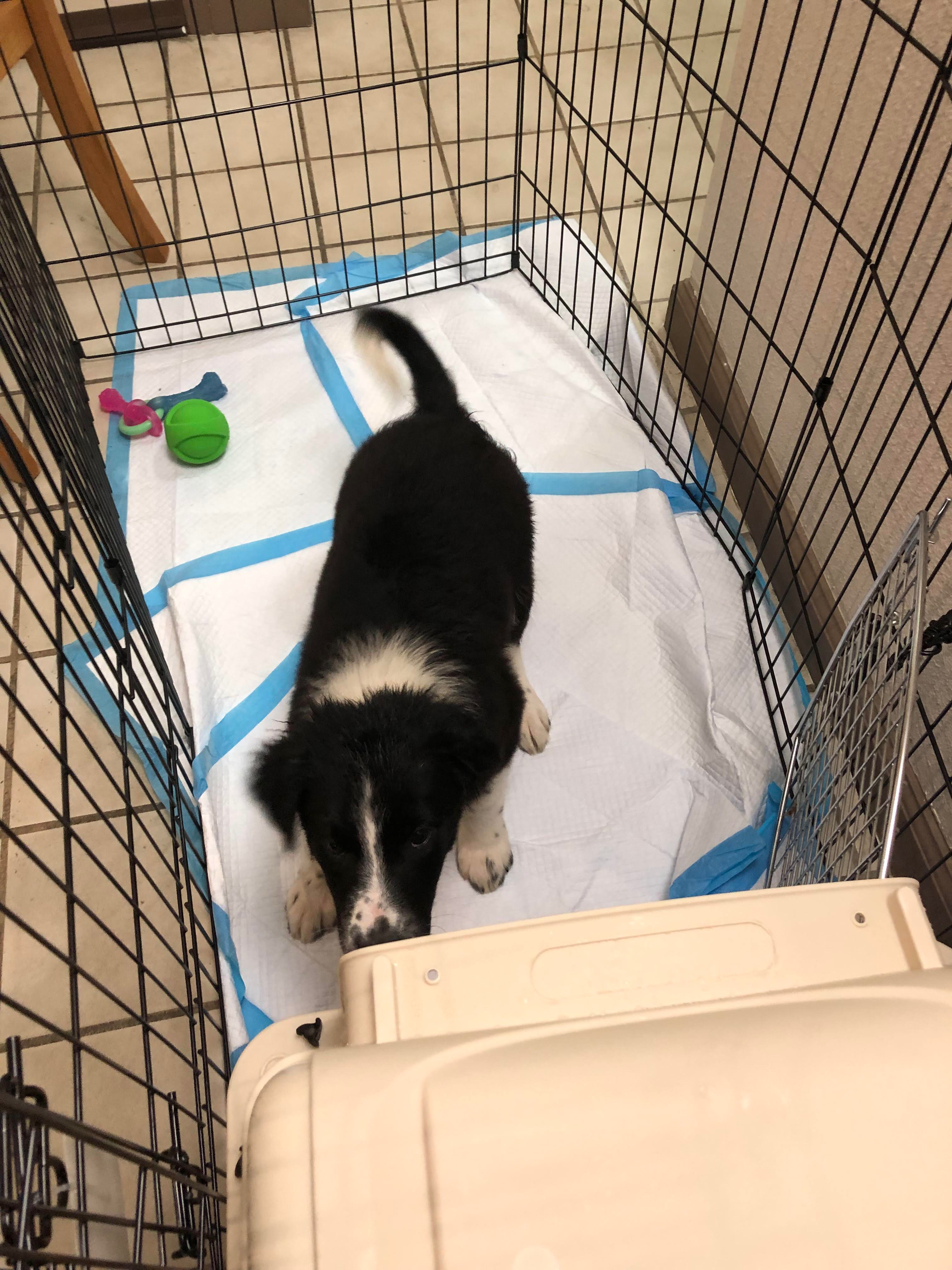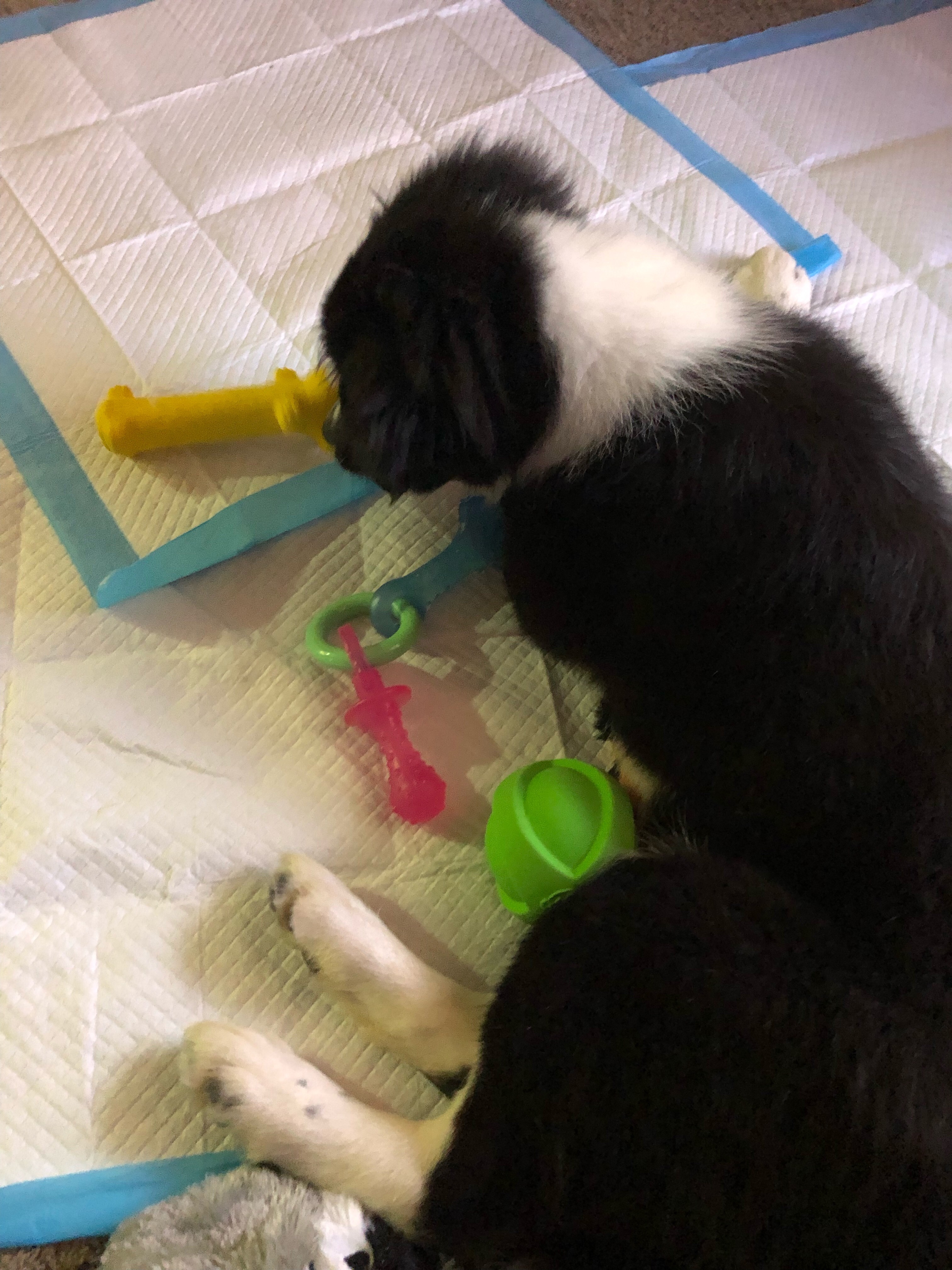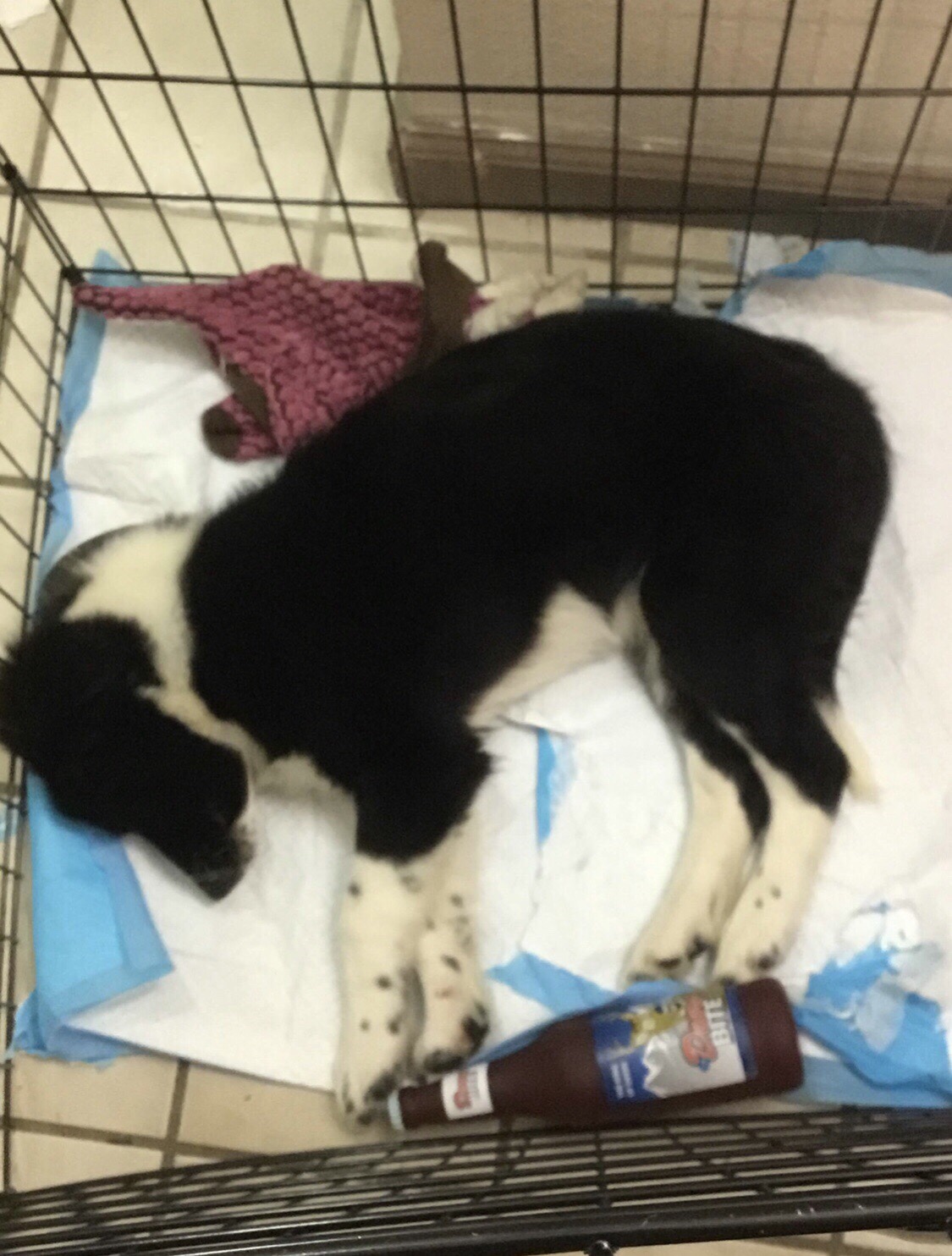There are three D’s to Dog Training, Distance, Distraction, and Duration. Except, we don’t teach them in that order!
DURATION
We always begin with Duration, which counts for two areas. Duration can mean how long you work with your dog. In the beginning, when they’re just starting out, we begin by teaching them little things here and there while giving them lots of breaks in between. As your puppy grows and matures, it can practice and perform for longer periods of time.
Duration also applies to how long your dog performs a task. When first starting out, we teach the dog what the skill is and that they will get rewarded for performing it. Once that skill becomes reliable, and they’re doing it when asked the first time, we then begin asking for them to either hold it or perform it for a longer period of time. Instead of just doing the skill, they discover that holding that position for a longer period of time then gets them the reward.
DISTANCE
Once you have established a solid skill and they are doing it for a set period of time, you can begin working on Distancing yourself from the dog. In the example of Stays, we begin by taking one step back, then two, three, etc. Adding Distance creates a more solidly trained dog. Always begin small, and work out from there.
In the interest of aggressive or reactive dogs we begin further away and slowly work our way closer to the thing that is causing the reactivity. Distance works both ways.
DISTRACTIONS
Distractions get added as the dog becomes more reliable. They need to learn amongst Distractions, so we add them in slowly. There are four levels to Distractions and they apply in all cases; whether it be obedience training skills, or rehabilitating an aggressive dog.
Level 1: This is essentially your low level distractions. The way that I explain this to my clients is; it’s a distraction that grabs your pup’s attention but is easy to get it back from. Such as a temporary noise that happens in another room. Their ear would turn, maybe their head but you’re holding a yummy treat so they immediately connect back to you after it’s over.
Level 2: This is a distraction that is a little bit more exciting to the dog. Something that might cause them to walk away from your treat, and also requires a little more effort on your part to get them back, but they still come back. Example: One of their other humans comes home and walks through the room – puppy runs over to say hello to them.
Level 3: This distraction is higher up on the enticement scale. This is your pizza man knocking at the door, or hearing someone walk down the sidewalk, on the other side of their fence. This distraction absolutely takes their attention away from you and you need to work at getting it back. Just a treat or a recall won’t do it for them. Usually needs intervention training. If left too long in this stage these distractions can & usually will jump up a level.
Level 4: This is the highest level of distraction. This is your neighbor and his dog walking towards you down the sidewalk with your dog-reactive dog on a leash. Or a cat that’s running across your yard and your dog has a high level of prey drive. These are distractions that your dog ignores everything, for. They cause your dog to take off running, to pull or lunge at the end of the leash, to completely forget about anything you might be holding or offering him/her.
A lot of the dogs I meet are at Level 4 and I need to train them down to level 1. So it’s a step-ladder of working at the lower levels and slowly adding more in. Jump too high too fast and it causes confusion and frustration. Also where Distance is important as the closer you get, the higher the Distraction goes. This is why beginning with Duration and Distance is important. Distractions always come last.
Published by Amy Noble on 12/18/19
Amy is an Animal Behaviorist and Dog Trainer in Monterey, Ca, with over Thirty years of experience and active knowledge working with animals. Amy’s love for every dog, cat, horse, rabbit, human (and more!) that she trains truly shows in her work and dedication.

